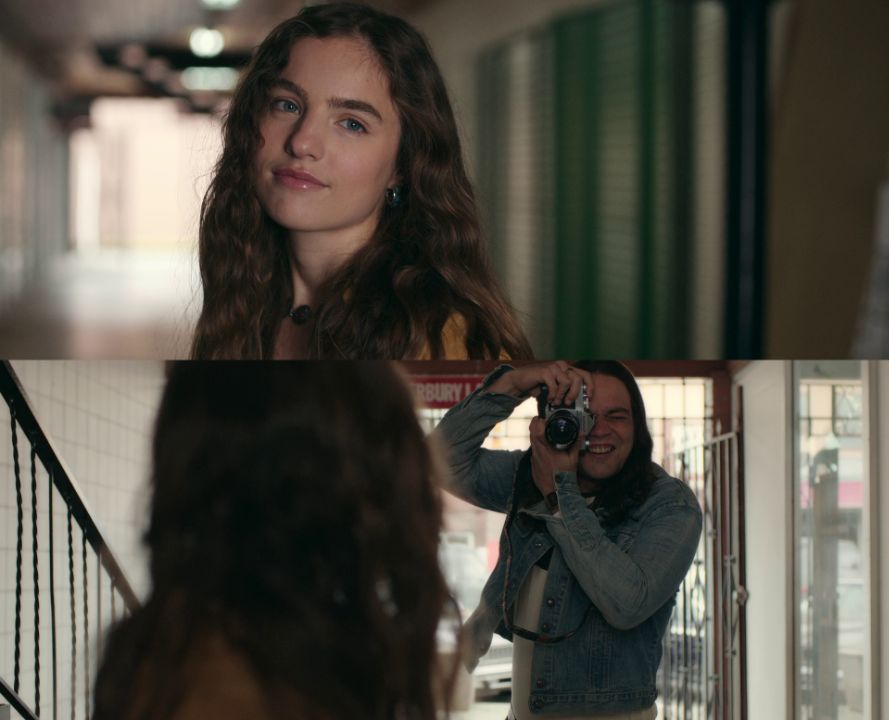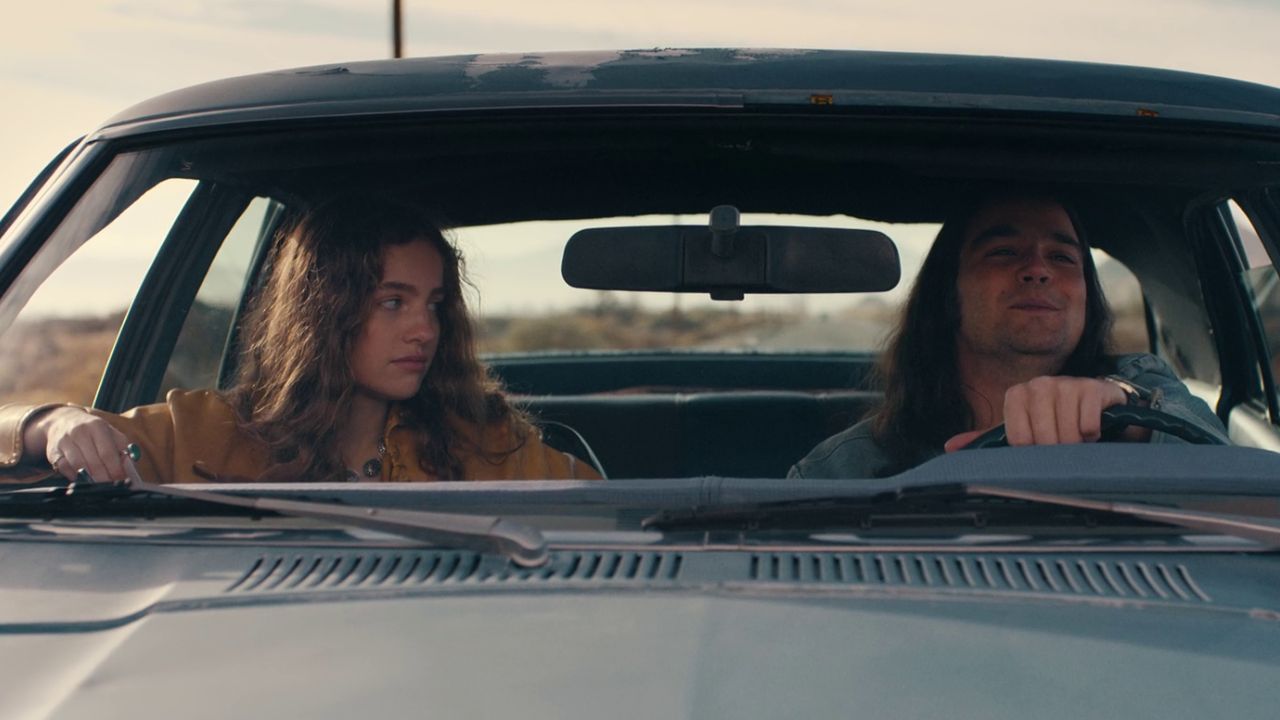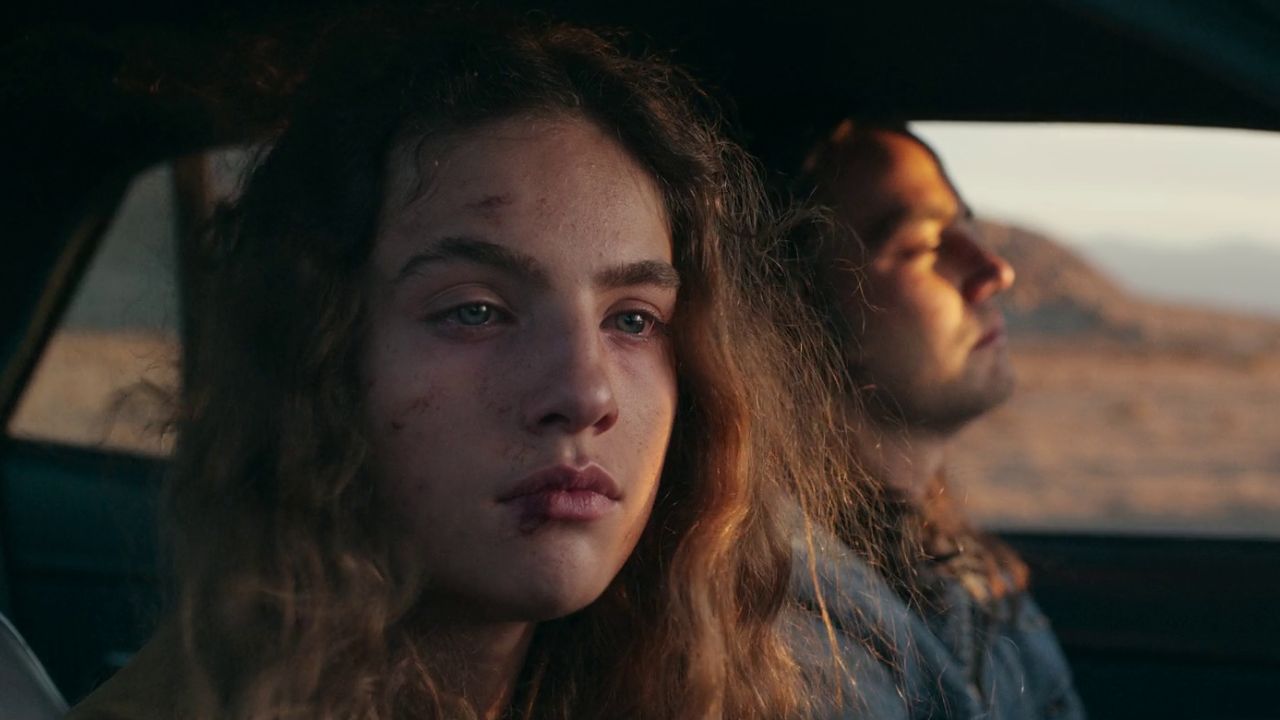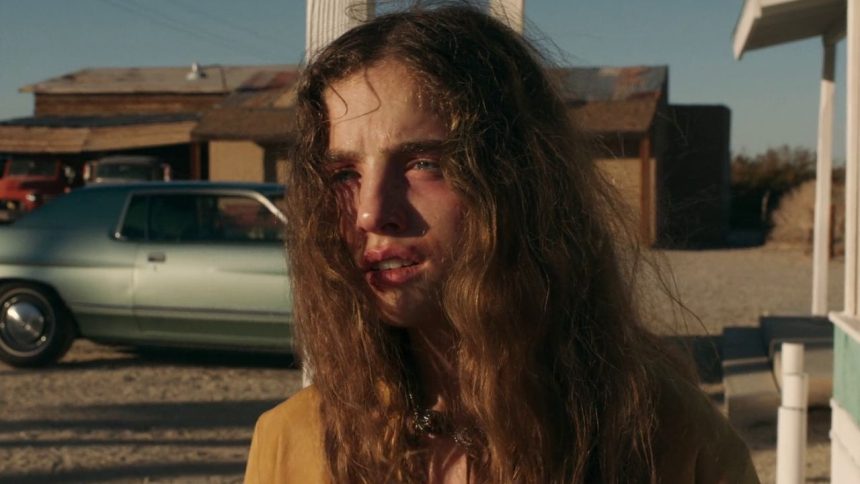There’s a good chance you’ve stumbled across this piece because you just watched ‘Woman of the Hour’ on Netflix, and you’re eager to learn about Rodney Alcala’s teenage runaway victim Amy in real life. If this sounds like you, stick with us as we uncover every detail you’d possibly want to know!
In this chilling movie about the Dating Game Killer, who got his name after his appearance on a game show during his crime spree, one character has captured the interest of viewers more than most: Amy, portrayed by Autumn Best.
Amy, just like all other victims of the notorious Alcala, is caught in his web of deceit. With nowhere to turn, she finds herself lured by his phony charm when he claims to be a photographer. What starts as a seemingly innocent offer quickly spirals into a nightmare, forcing Amy to muster every ounce of courage to break free from his sinister grip.
As the story plays out, we see Amy fighting for her life, leading up to a violent face-off with the killer. The movie blends truth and fiction really well, but the real-life hero behind the inspiration for Amy’s character is the brave Monique Hoyt.
Meet Monique Hoyt: Rodney Alcala’s Runaway Victim Amy in Real Life
Monique Hoyt, the real-life Amy, was a 15-year-old hitchhiker who crossed paths with Rodney Alcala (Daniel Zovatto) in Pasadena, California, on February 13, 1979—just one day before Valentine’s Day. This was not anything close to a love story, though. Amy just happened to have the worst luck imaginable in what is basically a tragic story.

In the movie, Amy’s story starts with her living on the streets, scraping by and stealing coins from laundromats. Similarly, Monique was a hitchhiker who bumped into Alcala, who offered her a ride introducing himself as a photographer. One thing led to another, and she found herself sucked into Alcala’s manipulative charm when he presented her an opportunity for modeling.
What started as a seemingly harmless encounter quickly turned into a nightmare. Instead of taking her to the glamorous life of a model, he brought her to his apartment, where the horror began. After taking explicit photos of her, Alcala turned violent, assaulting her and leaving her unconscious. When she finally came to her senses, she was scared out of her mind, begging him not to tell anyone what had happened. She put on an act, pretending she wanted to stay with him, all to earn his trust.

He then drove her to a secluded mountainous area, where he violently attacked her again, hitting her over the head with a rock. But Monique was not one to give up easily; she managed to escape when Alcala stopped at a gas station to use the bathroom.
The film ‘Woman of the Hour’ captures the tension of this event pretty well. Monique made a daring escape when Alcala stopped at a gas station to relieve himself. Instead of heading to a nearby café, she dashed to a motel and shared her terrifying ordeal with the staff.
In the film, Amy’s cry for help leads to a police takedown, but in reality, Alcala had already sped off before the cops could swoop in. After the encounter, Monique was shown a lineup of photos, and she bravely pointed Alcala out, leading to his eventual arrest.

When Alcala was caught, he didn’t hold back—he confessed to assaulting Monique, revealing the horrifying details of how he silenced her cries. However, he was released shortly after his arrest because his mother posted his bail, allowing him back on the streets where he would continue his horrific crimes.
Monique Hoyt’s Courageous Testimony that Led to Rodney Alcala’s Third Death Sentence
The film’s conclusion hints at the grim reality of Alcala’s actions—he was far from finished once he was freed on bail while awaiting trial. Following Monique’s escape, Alcala would go on to commit even more murders. In June 1979, just days after his attack on Monique, he killed 21-year-old Jill Marie Parenteau, whose body was found in her apartment after she failed to show up for work. A week later, he kidnapped and murdered 12-year-old Robin Christine Samsoe, who had been returning home from ballet class. Her body was discovered twelve days later, brutally beaten and stabbed.
https://x.com/netflix/status/1836027491414077598
Both Jill and Robin’s cases eventually led to Alcala’s arrest when a sketch of him was created based on witness accounts. His parole officer recognized him, resulting in a detention that finally saw him held without bail.
When the case went to court in October 1979, Monique wasn’t there, prompting the judge to order a psychiatric evaluation for her. The retrial happened in September 1980 while Alcala was already on death row for the murder of a 12-year-old, Robin Christine Samsoe.
The trial wrapped up with Alcala getting a guilty verdict, resulting in a nine-year sentence for his crime against Monique. This conviction became crucial in later trials against him. At one point, Monique’s father bravely spoke up in court, sharing how his daughter was still too traumatized to appear.

In a tragic twist of fate, Alcala received three death sentences for his heinous acts over the years—in 1980, 1986, and once again in 2010. Meanwhile, after enduring such a horrific experience, Monique chose to retreat into a life of privacy, steering clear of the media spotlight. Her only notable public moment came in 2010 when she faced Alcala again in court, testifying against him at 46 years old.
It was a challenging moment for her; she seemed visibly shaken and had a police officer nearby for reassurance. When Alcala, representing himself, asked her if she remembered his half-hearted apology during their time together, she fired back, calling it “meaningless” and “fake.” Monique wasn’t about to let him rewrite her story.
Her courage to confront her past and testify was pivotal, leading to Alcala receiving his third death sentence. The prosecution didn’t hold back their praise, stating, “She showed up and put the nail in Rodney’s coffin.”



